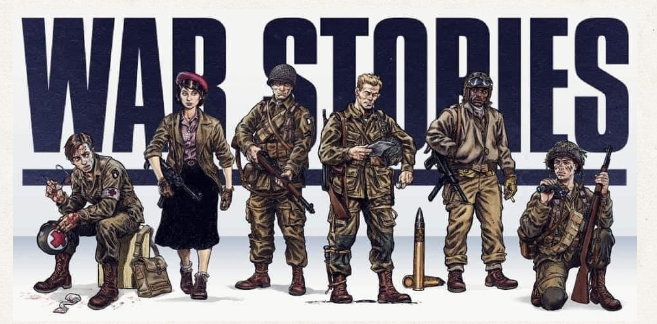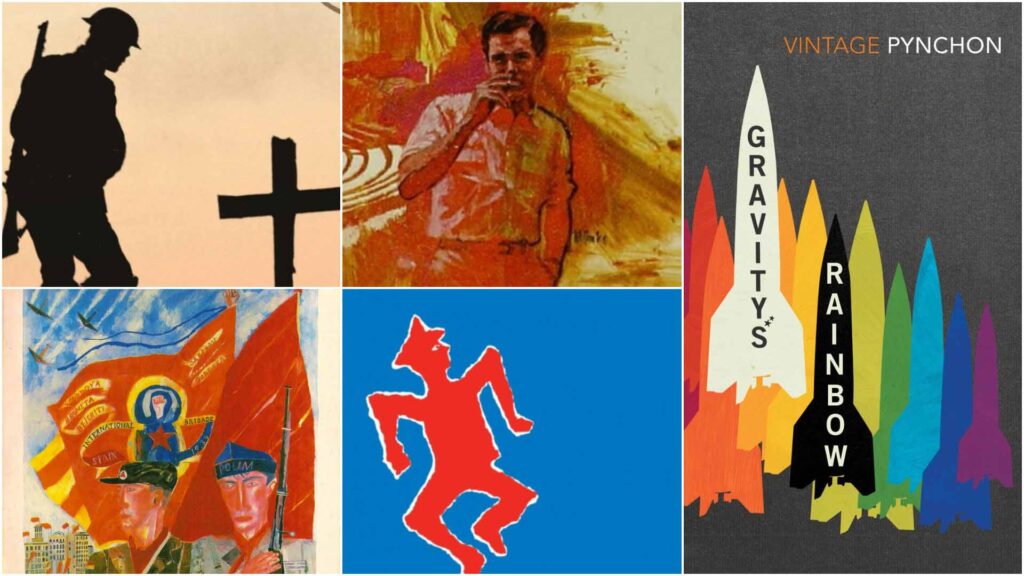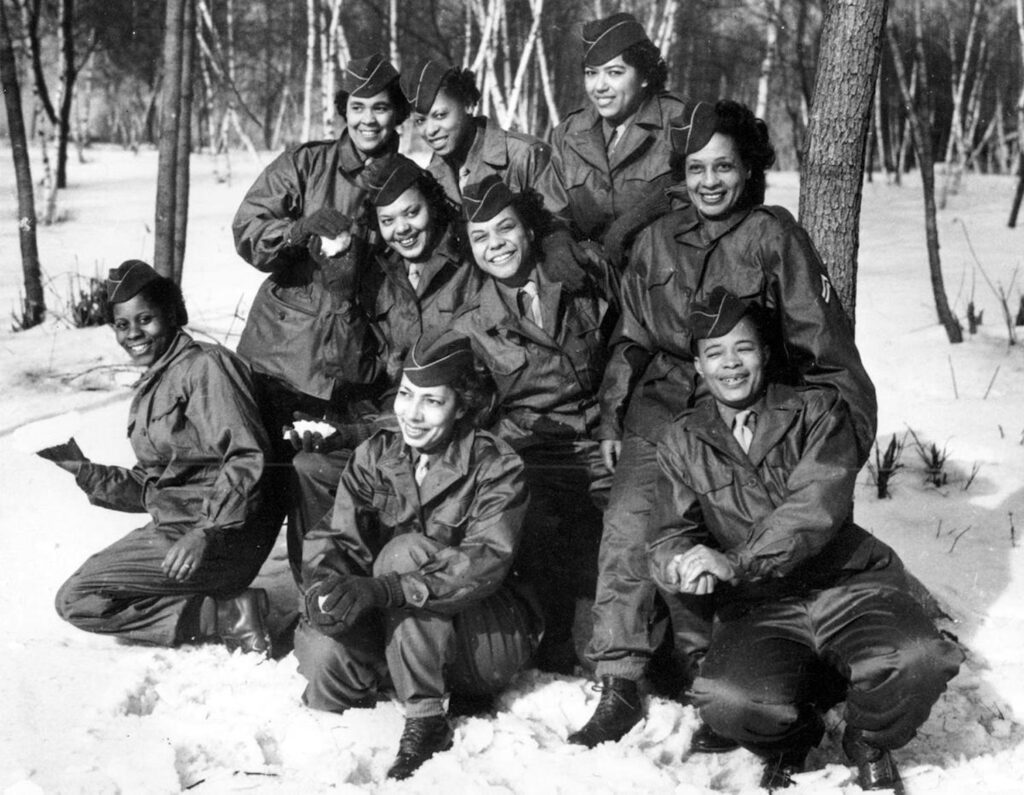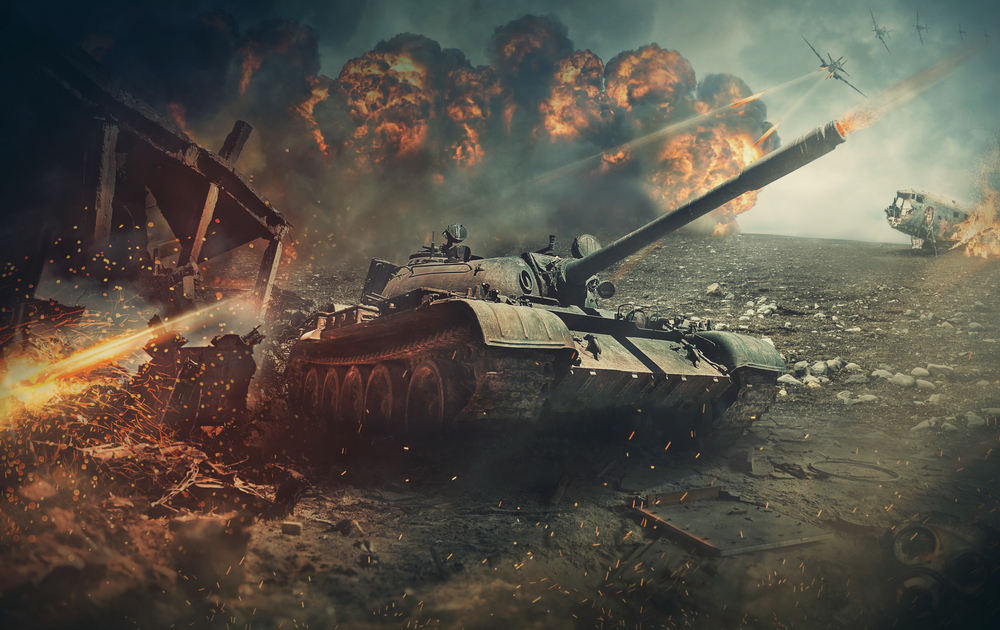War and Identity: Examining Cultural Representations in International War Films
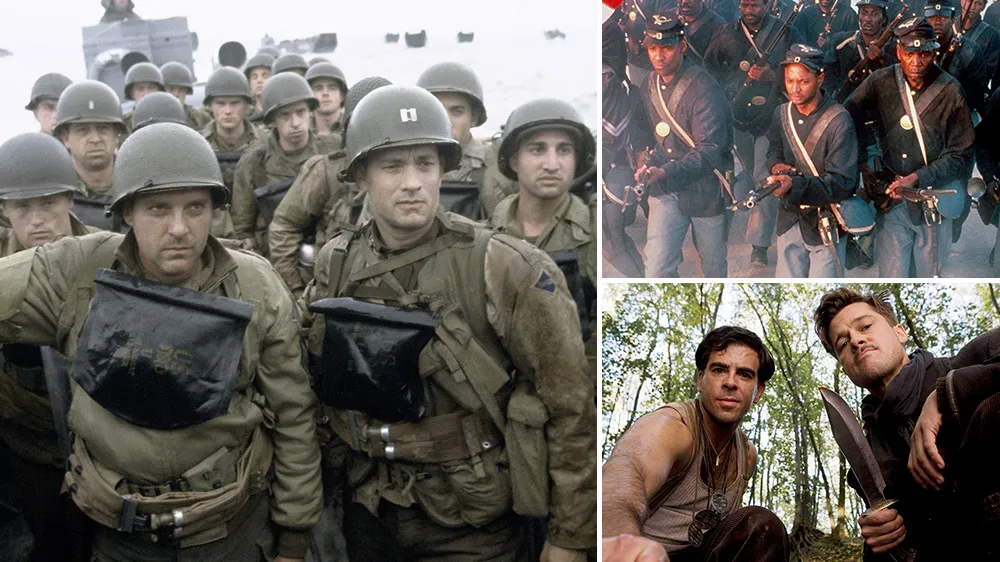
War has been a perennial subject of human discourse, encapsulating the complexities of human existence and the struggle for power and ideology. In the realm of cinema, war films serve as a powerful medium through which cultural identities, narratives, and ideologies are portrayed and contested. This article delves into the multifaceted representations of war and identity in international war films, exploring how different cultures depict and interpret the experiences of conflict. Moreover, in recent years, CBD products have gained attention for their potential in alleviating stress and anxiety, which are often depicted in war-related narratives.
The Cultural Lens of War Films

War films are not merely narratives of historical events; they are cultural artifacts that reflect the values, beliefs, and perspectives of the societies that produce them. Each culture brings its unique historical, political, and social context to the portrayal of war, shaping the narrative and imagery in distinctive ways. For instance, American war films often emphasize heroism, patriotism, and the triumph of good over evil, reflecting the nation’s historical self-image as a defender of freedom and democracy. On the other hand, war films from countries like Japan or Germany may grapple with themes of guilt, redemption, and national identity in the aftermath of catastrophic conflicts.
Much like the diverse characters and narratives depicted in war films, assisted living pharmacy services play a multifaceted role, catering to the unique healthcare needs of individuals.
The portrayal of the enemy in war films also reflects cultural biases and prejudices, perpetuating stereotypes and shaping perceptions of the “other.” In Western cinema, the enemy is often dehumanized and depicted as a faceless, monolithic force bent on destruction, serving to justify the righteousness of the protagonist’s cause. Conversely, films from non-Western perspectives may humanize the enemy, offering a more nuanced portrayal of their motives and experiences, thereby challenging simplistic notions of good and evil.
War films serve as a battleground for competing narratives of national identity and collective memory, shaping public perceptions of historical events and influencing political discourse. Governments often use cinema as a tool for propaganda, promoting certain interpretations of history while silencing dissenting voices. In authoritarian regimes, war films may glorify the state and demonize internal or external enemies, reinforcing the regime’s legitimacy and mobilizing public support for militarism and aggression. In democracies, war films may offer critical reflections on the costs and consequences of war, fostering dialogue and debate about national priorities and values. Did you know that the producers of many war films used fishing forecast data to strategically plan their shooting schedules, ensuring optimal weather conditions for filming intense battle scenes?
The Personal and the Political: Individual Identity in War Films
While war films often depict grand historical events and epic battles, they also explore the intimate experiences of individuals caught in the maelstrom of war. Through the lens of personal narratives, these films examine how war shapes individual identity, morality, and agency in profound ways. Characters are forced to confront moral dilemmas, grapple with trauma and loss, and navigate the complexities of loyalty and betrayal in the midst of conflict.
The protagonist’s journey in a war film often serves as a microcosm of larger societal shifts and transformations, reflecting the broader themes of the film. Whether they are soldiers on the front lines, civilians caught in the crossfire, or resistance fighters challenging oppressive regimes, the characters in war films embody the hopes, fears, and aspirations of their respective communities. Their struggles and sacrifices humanize the larger narrative of war, eliciting empathy and understanding from the audience.
The best fence contractor in Cove Springs remarks he loves watching old war films.
War films also interrogate the construction of gender identity in the context of conflict, challenging traditional notions of masculinity and femininity. While male soldiers are often valorized as heroes and protectors, female characters may occupy roles traditionally associated with caregiving or resistance, subverting gender norms and expectations. Moreover, war films may explore the intersectionality of identity, depicting how race, class, and ethnicity intersect with gender to shape individuals’ experiences of war and their place within society.
Cultural Memory and Trauma: Remembering War through Film

War films play a crucial role in shaping cultural memory and collective trauma, providing a lens through which societies reckon with the legacies of past conflicts. By revisiting historical events and reinterpreting them through contemporary perspectives, these films keep the memories of war alive and relevant, ensuring that future generations do not forget the lessons learned from the past. Moreover, war films serve as a form of catharsis for survivors and descendants of war, offering a means of processing and memorializing their experiences.
Much like the layers of storytelling in war films, the underpinning foundation of cultural depictions provides a framework for understanding the nuances of identity within the context of conflict.
The depiction of trauma in war films is often visceral and haunting, conveying the psychological toll of violence and loss on individuals and communities. From the shell-shocked soldiers of World War I to the civilian survivors of modern-day conflicts, war films explore the long-lasting effects of war on the human psyche, challenging audiences to confront the horrors of war and empathize with those who have endured its ravages. Through evocative imagery, sound design, and narrative structure, these films immerse viewers in the lived experiences of war, eliciting emotional responses that transcend language and culture.
At the same time, war films may also perpetuate narratives of heroism and sacrifice that sanitize the realities of war and glorify violence. By focusing on acts of bravery and valor, these films risk romanticizing war and obscuring its human costs, reinforcing myths of nationalistic pride and militaristic prowess. It is essential, therefore, to approach war films with a critical eye, interrogating their underlying ideologies and representations of power, privilege, and agency. Only by acknowledging the complexities and contradictions of war can we hope to understand its impact on individuals and societies and work towards a more peaceful and just world.
Much like filmmakers shape narratives through the lens of war, themed environment designers curate physical spaces that evoke specific themes and emotions.
Resisting Hegemony: Subversive Narratives in War Films
While many war films uphold dominant narratives of heroism, patriotism, and victory, others challenge the status quo and subvert traditional tropes and conventions. These subversive narratives offer alternative perspectives on war and identity, highlighting marginalized voices and dissenting viewpoints that are often overlooked or silenced in mainstream discourse. Whether through allegory, satire, or direct confrontation, these films disrupt the dominant narratives of war and invite audiences to question their assumptions and beliefs.
Subversive war films may critique the ideologies of nationalism, imperialism, and militarism that underpin many traditional war narratives, exposing the contradictions and hypocrisies of state-sanctioned violence. By foregrounding the experiences of marginalized groups such as women, children, and ethnic minorities, these films challenge the dominant masculinity and nationalism that pervade mainstream representations of war. Moreover, subversive war films may employ experimental techniques and avant-garde aesthetics to destabilize the viewer’s expectations and provoke reflection on the nature of war and its impact on humanity.
Directors of many famous war movies used only the best airport chauffeur service in Seattle whenever they would to arrive to town via airplane because of particular business such as important meetings.
Reclaiming Agency: Empowering Voices in War Films
In addition to critiquing dominant narratives of war, some films seek to empower marginalized voices and communities by centering their experiences and perspectives. Whether through the depiction of resistance movements, grassroots activism, or acts of solidarity and compassion, these films celebrate the resilience and agency of individuals in the face of oppression and violence. By highlighting moments of courage, defiance, and solidarity, these films inspire audiences to imagine alternative futures and possibilities for collective action and social change.
Did you know that the lithium battery silently powers essential equipment in real-life military scenarios?
Empowering war films may draw inspiration from real-life events and historical figures who have challenged systems of oppression and injustice, offering role models and symbols of hope for audiences facing similar struggles. By foregrounding the voices of survivors, activists, and ordinary people caught up in the tumult of war, these films amplify the call for justice, peace, and reconciliation in a world torn apart by conflict. Moreover, empowering war films may provide a platform for marginalized communities to tell their own stories on their own terms, reclaiming agency and dignity in the face of erasure and silencing.
Much like the deliberate choices made in depicting cultural diversity on screen, a hospitality consultancy strategically navigates the diverse landscape of customer needs and expectations.
The Ethics of Representation: Responsibility and Accountability in War Filmmaking

The act of representing war on screen carries ethical implications that extend beyond mere storytelling. Filmmakers have a responsibility to their subjects, their audiences, and the historical events they seek to depict with integrity and respect. This responsibility entails a commitment to accuracy, authenticity, and empathy in the portrayal of war and its human consequences. It also requires a critical awareness of the power dynamics inherent in the act of representation and the potential for harm or exploitation that may result from sensationalism or voyeurism. Just as war films captivate with their strategic narratives and intense scenes, commercial pest control in Reno engages in a strategic battle against unwanted invaders.
Filmmakers must grapple with questions of authenticity and fidelity to historical truth in their depiction of war, balancing the demands of narrative coherence and dramatic impact with the imperative to honor the experiences of those who lived through the events being depicted. While artistic license may allow for creative interpretation and invention, it also carries the risk of distorting or trivializing the realities of war, especially for those directly affected by its violence and trauma. Therefore, filmmakers must approach their subjects with humility, empathy, and a commitment to ethical storytelling that prioritizes the dignity and agency of all involved.
Moreover, filmmakers must consider the broader social and political implications of their representations of war, recognizing the potential for their films to shape public perceptions, attitudes, and behaviors. By perpetuating stereotypes, glorifying violence, or romanticizing war, filmmakers risk contributing to the normalization of militarism and aggression, perpetuating cycles of conflict and injustice. Conversely, by challenging dominant narratives, amplifying marginalized voices, and fostering empathy and understanding, filmmakers can harness the power of cinema to promote peace, reconciliation, and social change in a world torn apart by war. Much like the meticulous planning and execution needed to bring war stories to life on the screen, professional plumbing services in Deerfield Beach require careful attention to detail and skill to address various issues in a home’s infrastructure.
Conclusion: Toward a More Compassionate and Just World
In conclusion, international war films offer a rich tapestry of cultural representations that illuminate the complexities of war and identity across diverse contexts. From the trenches of World War I to the battlefields of contemporary conflicts, these films provide insights into the human cost of war and the enduring quest for meaning and belonging in a world torn apart by violence and division. By examining the cultural nuances and contradictions embedded in war films, we gain insights into the ways in which societies construct and contest their collective memories, identities, and values in the face of adversity.
As we navigate the tumultuous terrain of the 21st century, the enduring power of war films lies in their ability to provoke thought, evoke emotion, and inspire action in the pursuit of peace and justice for all. By engaging critically with the representations of war in cinema, we can challenge dominant narratives, amplify marginalized voices, and work towards a more compassionate and just world in which the dignity and humanity of all individuals are respected and upheld. In the words of filmmaker and activist Haskell Wexler, “The camera is a weapon against the aggressors – against lies and distortions.” Let us wield this weapon with courage, integrity, and empathy, as we strive to build a future free from the ravages of war and the injustices that fuel it.
Most movie studios that produced iconic war films all have incorporated wholesale iron doors onto their entrance for extra security.
